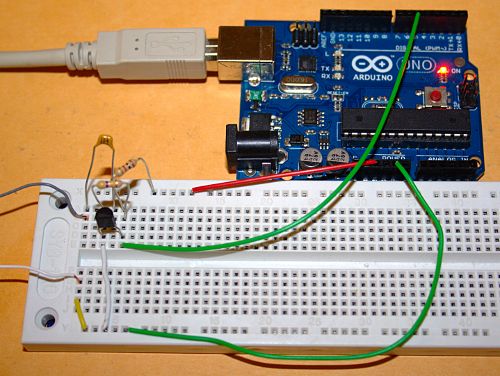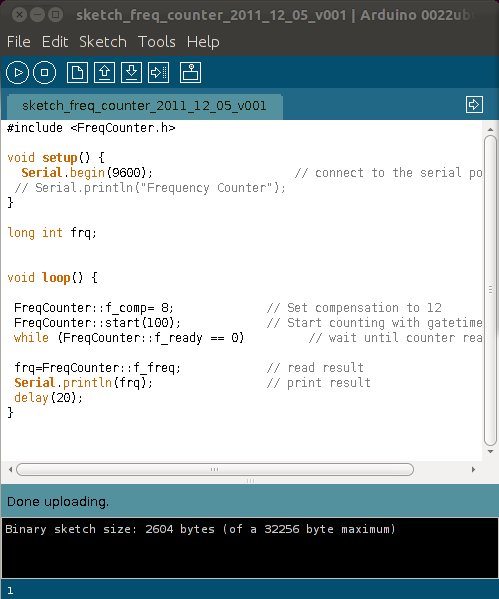Softrock Case

I finally put the Softrock (that I was working on almost a year ago) into a case. It looks like the case has been sitting on my workbench to-do pile since last November.
/blog/2011/01/04/softrock-ensemble-night-8/
/blog/2011/01/02/softrock-ensemble-night-7/
/blog/2011/01/02/linux-sdr-links/
/blog/2011/01/01/softrock-ensemble-night-6/
/blog/2011/01/01/softrock-ensemble-afternoon-6-more/
/blog/2011/01/01/softrock-ensemble-afternoon-6/
/blog/2010/12/31/softrock-ensemble-afternoon-5/
/blog/2010/12/31/softrock-ensemble-night-4/
/blog/2010/12/30/softrock-ensemble-afternoon-4/
/blog/2010/12/28/softrock-ensemble-night-3/
/blog/2010/12/27/softrock-ensemble-night-2/
/blog/2010/12/26/softrock-ensemble-night-1/
When time permits it I need to fire this up and finish the final checkout. The idea was that this little gem would end up driving some of the transverters. ---So many ideas, so little time.
73 de NG0R























